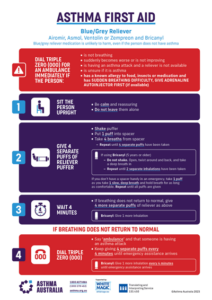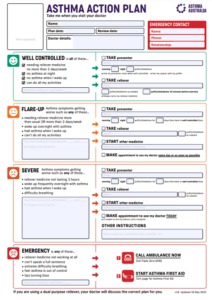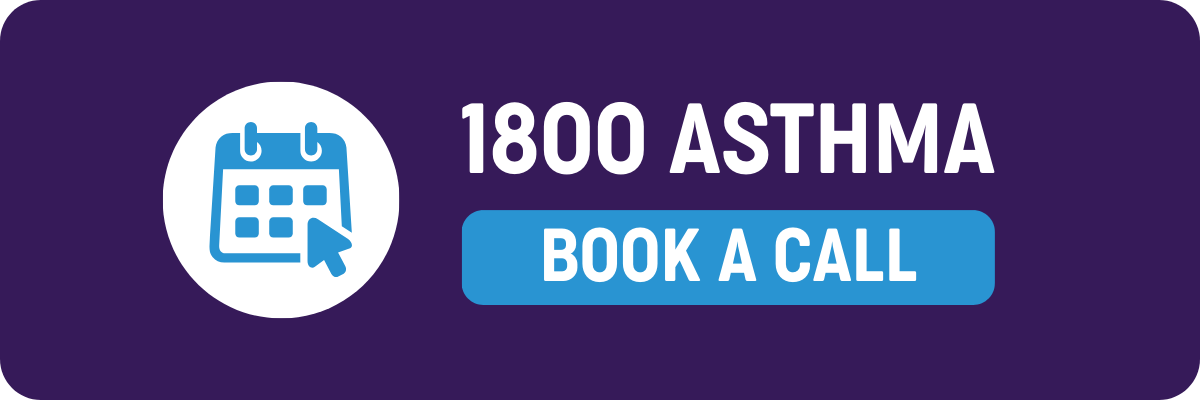Asthma Causes & Triggers
A trigger is anything that can cause you to have asthma symptoms. This might include trouble breathing, wheezing, tightness in the chest or coughing.
When you have asthma your airways are more sensitive. Your airways get swollen, red (inflamed) and become narrow when exposed to your triggers.
Asthma triggers can come from your environment, lifestyle or the quality of the air you breathe. Cold and flu viruses, smoke, exercise or allergies to pollen or dust mites are all types of triggers.
Asthma triggers are different for different people. Each person (both adults and kids) can have different reactions to different triggers. Some triggers are avoidable (like cigarette smoke or perfumes), while others are more difficult to avoid (such as weather changes and pollen).
Knowing your asthma triggers and understanding how to avoid them can help lower your chance of having asthma symptoms.
Asthma Educators can answer your asthma questions
Book a FREE phone call at a time that works for you or call us direct on 1800ASTHMA (1800 278 462).










